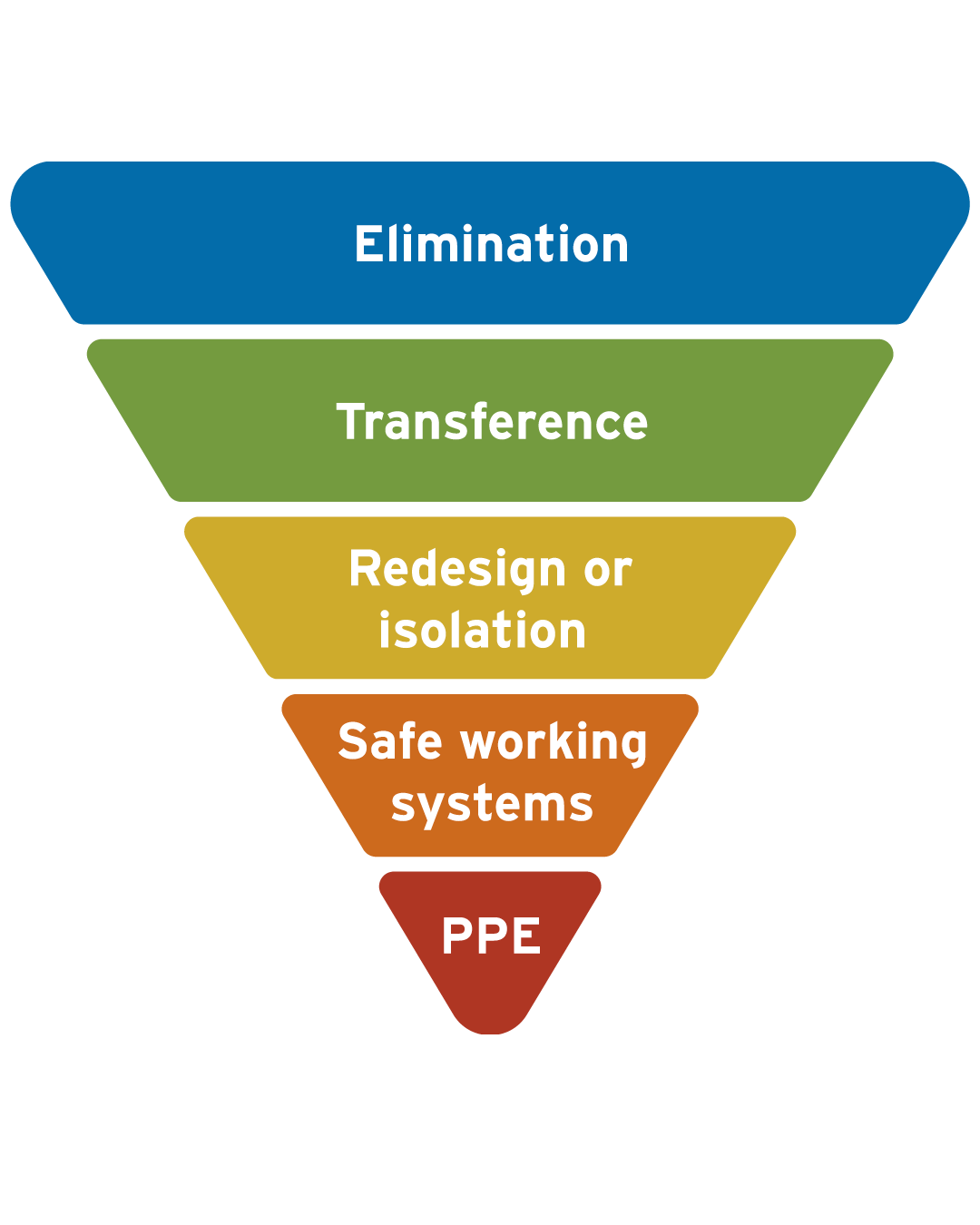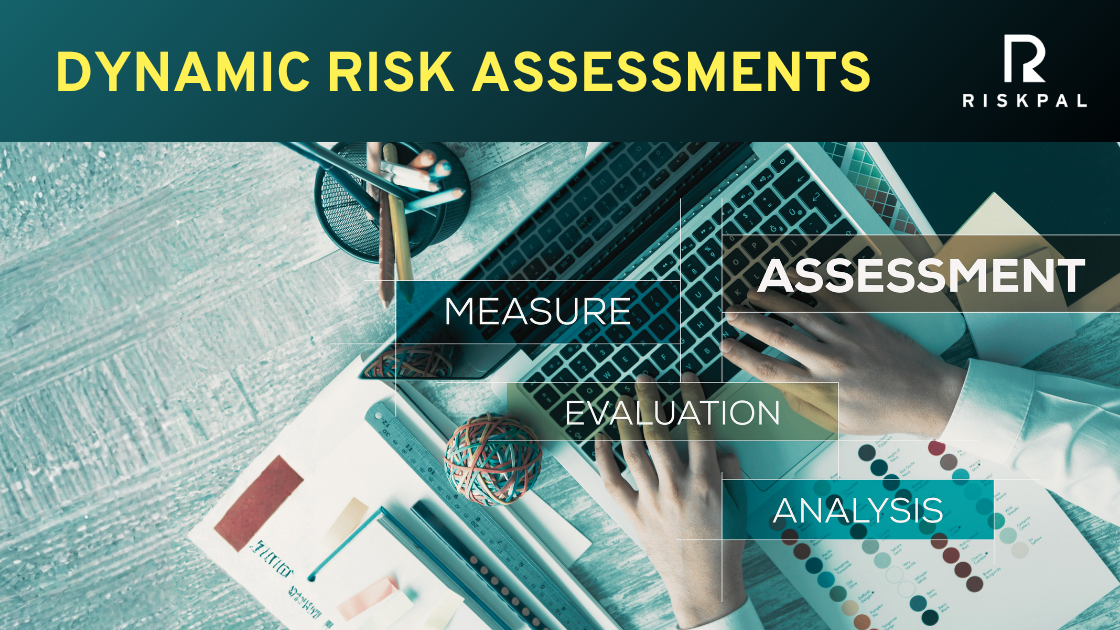How do you decide on the levels of controls to implement?
When approaching risk assessments there are many aspects to consider, but a common uncertainty is deciding on what levels of control to implement. In this article we are going to focus on this key aspect of risk assessments and help you understand how to implement levels of control successfully.
Judging the risk
Risk is defined as the likelihood of a hazard causing harm and the severity if it does.
When calculating the severity or likelihood of harm occurring and the level of control required, judgement is often required. This is particularly the case for extreme hazards, complex or novel situations.
Deciding on a strategy
It is commonplace to adopt the following hierarchy of control measures to reduce risks to a level that is as low as reasonably practicable:

- Elimination – To remove the hazard completely.
- Transference – To use specialists who are accustomed to the risk and therefore able to reduce the risks thanks to their greater level of experience.
- Redesign or isolation – To physically amend the hazard to reduce the risk or place physical barriers to reduce the exposure to the hazard.
- Safe working systems – To introduce safety standard operating procedures and educate the workforce to follow them.
- Personal protective equipment – To ensure the usage of specialist protective equipment to reduce the potential of harm to any individuals.
The ALARP concept
To aid decision makers, the UK’s Health and Safety Executive has placed the concept of reducing risk to “as low as reasonably practicable (ALARP)” at the centre of its approach.
ALARP involves weighing a risk against the trouble, time and money needed to control it. It is a good rule of thumb no matter what jurisdiction you are in.
Find out more about ALARP: https://www.hse.gov.uk/managing/theory/alarpglance.htm
Essentially, this means that the level of control should be or “reasonably practicable” or in proportion to the sacrifice/cost required to reduce the risk.
Decision makers should rely on good practice – which is those standards already recognised to control the risk and satisfy the law. In complex or novel cases, decision makers should establish “first principles” based on common sense, professional judgement and experience.



